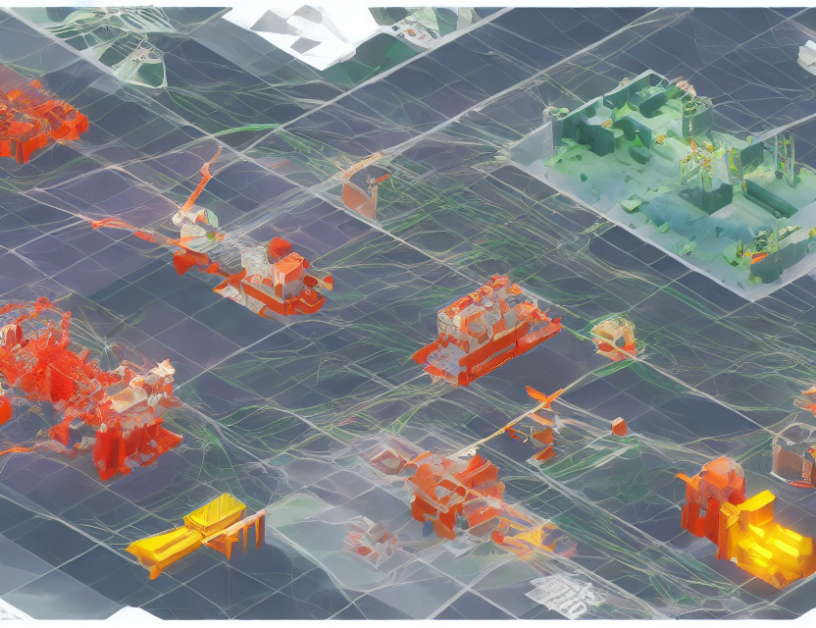In this paper, we propose a new approach to modeling structured entities like knowledge base (KB) entries, product catalogs, or scientific catalogs, which contain different types of properties such as numerical, categorical, string, and composite. Our method uses an attention-based continuous-discrete diffusion process over the properties to handle this heterogeneity and can model entities with arbitrary hierarchical properties.
To understand how our approach works, imagine a structured entity like a KB entry, which contains various properties such as name, description, and category. Each property has a specific type, such as string or numerical, and must adhere to a predefined global schema. Our method learns the joint distribution over these properties by using an attention mechanism that focuses on the most relevant parts of each entity when generating new ones.
We evaluate our approach on 15 datasets and show that it achieves state-of-the-art performance in most cases. Additionally, we demonstrate the model’s ability to learn useful representations for entity completion in diverse settings by using a device KB and a nuclear physics dataset. These applications can benefit from the model’s inherent probabilistic nature, which is critical for science applications that require high accuracy.
Our approach has many advantages over traditional methods. Firstly, it can handle complex hierarchical structures of properties, allowing it to model entities with multiple levels of nesting. Secondly, it uses an attention mechanism to focus on the most relevant parts of each entity, which improves its ability to generate accurate and diverse outputs. Finally, our approach is flexible and can be applied to a wide range of domains, including scientific catalogs, product catalogs, and KB entries.
In summary, our paper presents a powerful new approach to modeling structured entities with heterogeneous properties. By using an attention-based continuous-discrete diffusion process, we can handle complex hierarchical structures and generate accurate and diverse outputs. Our method has many practical applications, including science and technology, and demonstrates the potential of generative models for complex data analysis tasks.
Computer Science, Machine Learning
Augmented Language Models: Enhancing Performance with Structured Formulation



